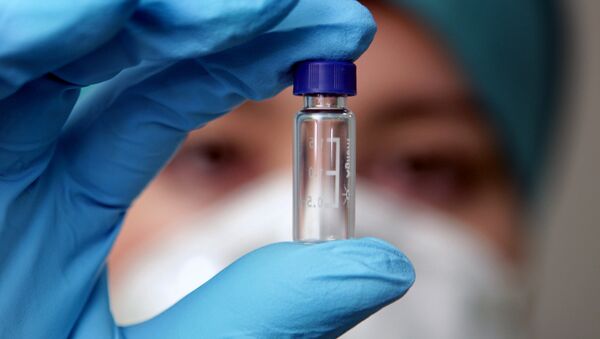However, a new study has found that the experiment came up with incorrect results because of a laboratory mix-up that contaminated the sample with a strain of anthrax commonly used in laboratory experiments.
In 1917, Swedish sportsman and German spy Otto von Rosen was arrested by Entente forces in the Norwegian town of Karasjok, carrying explosives, the toxin curare and sugar lumps laced with anthrax.
The sugar lumps were intended to poison the reindeer which pulled food and munitions across the frozen Arctic tundra for Allied forces during the First World War. The sugar was embedded with glass capillaries containing liquid with spores of Bacillus anthracis, the bacterium that causes anthrax when it enters the body.
In 1998, scientists at the UK Defense Science and Technology Laboratory in Porton Down published a paper in the journal Nature, claiming they had managed revive and culture the anthrax bacterial strain from the liquid after more than 80 years.
However, recent advances in DNA sequencing have allowed researchers to map the genome of the anthrax discovered on the German spy.
"As we learned more and more about the Ames strain, it became obvious that it had to be a contaminant," said Paul Keim, executive director of The Pathogen and Microbiome Institute at Northern Arizona University (US) and senior author of the study.
"But their first finding that the capillary tube did include B. anthracis DNA was a solid result," he added.
Unfortunately, there aren't any samples of the 1917 anthrax strain left for testing in order to find out what type it actually was.
Anthrax has long been thought of as the most potent weapon of biological warfare because of the spores' high resistance and ability to survive in the wild for a long time.
However, the new research raises questions about how hardy anthrax spores actually are.
"That work has been cited many times as evidence that spores can survive in liquid for 80 years – and now that's clearly not true," Keim said.
Never miss a story again — sign up to our Telegram channel and we'll keep you up to speed!



